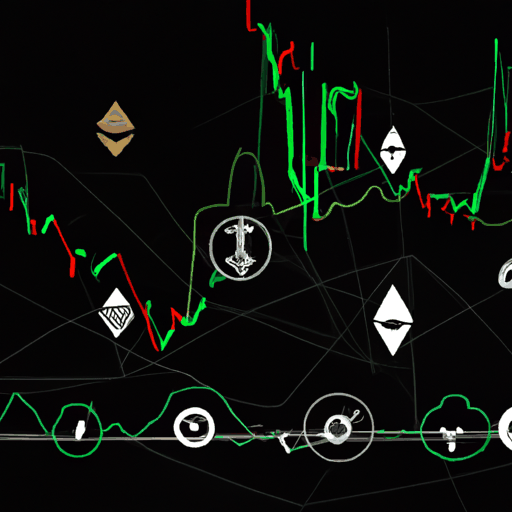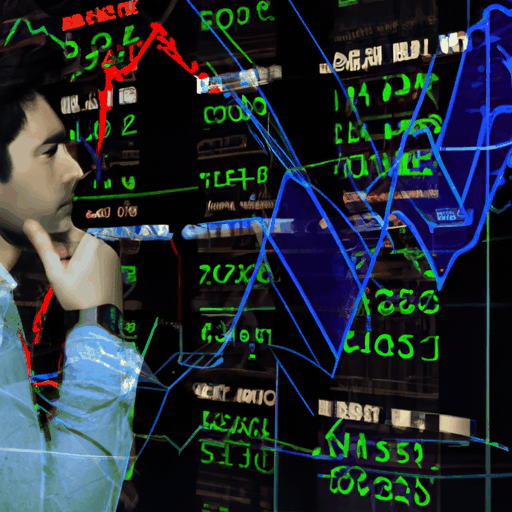
Bitcoin's Path to $500,000: Why Investors Are Still Early
By: Eva Baxter
The recent surge in Bitcoin prices to an all-time high of $93,523.65 has reignited discussions about the cryptocurrency’s potential to reach even greater heights. Bitwise Chief Investment Officer Matthew Hougan asserts that despite Bitcoin's impressive gains, investors are still "early" in the game until the digital asset reaches the $500,000 price mark. According to Hougan, the $100,000 milestone might be just around the corner, considering the current market dynamics.
One of the primary reasons behind Hougan’s forecast is the increasing demand for store-of-value assets, like Bitcoin and gold. With rising government debts and currency pressures, more investors are hedging their portfolios with Bitcoin, viewing it as a viable alternative to gold. Bitcoin's wider acceptance as a store of value signals a significant step towards its market maturity. However, it’s important to note that Bitcoin still faces skepticism, with many institutional investors and regulatory agencies continuing to approach it with caution.
Reaching the $500,000 figure would imply Bitcoin capturing 50% of the current $20 trillion store-of-value market, which includes both gold and Bitcoin. Notably, the Gemini co-founders, Tyler and Cameron Winklevoss, have previously argued in favor of Bitcoin hitting this mark by highlighting its scarcity, decentralized nature, and robust security as key differentiators that make it a potential "gold 2.0." They also criticize current inflation hedges like oil, gold, and the U.S. dollar for their vulnerabilities, asserting Bitcoin's superiority as a protective financial asset.
For Bitcoin to achieve such valuation, Hougan emphasizes the necessity of broader institutional adoption, especially from central banks that currently hold a minuscule fraction of global Bitcoin compared to their gold reserves. Legislative efforts, like U.S. Senator Cynthia Lummis’s proposal for a national Bitcoin reserve, are positive signs indicating growing institutional interest. Hougan remains optimistic about Bitcoin’s future, suggesting that it could even surpass the $500,000 target, potentially inching towards $1 million as global adoption and demand continue to rise, triggered by mounting government debts and inflationary pressures.



